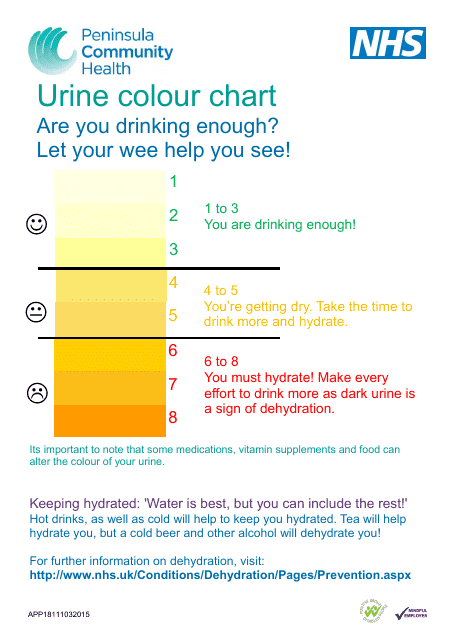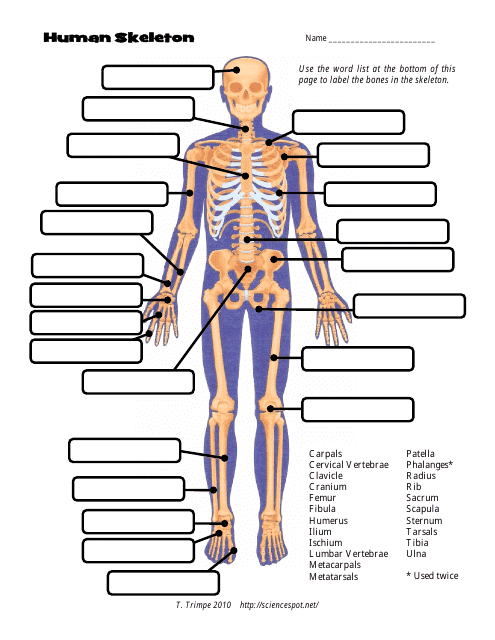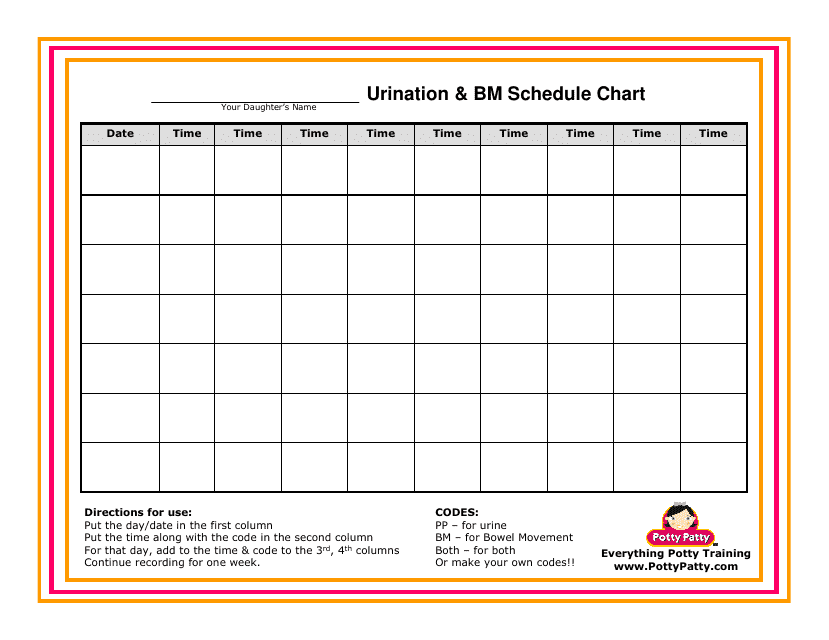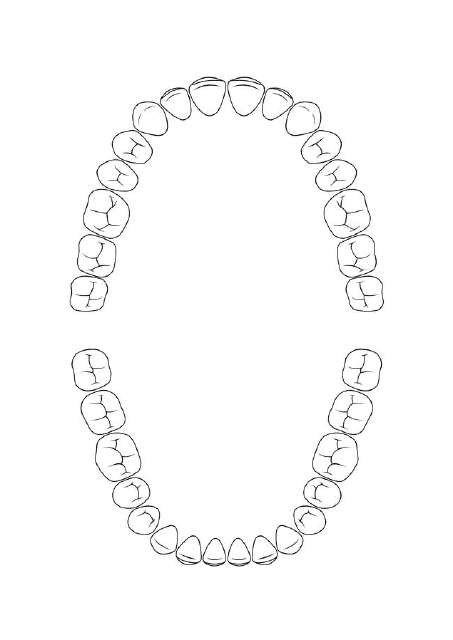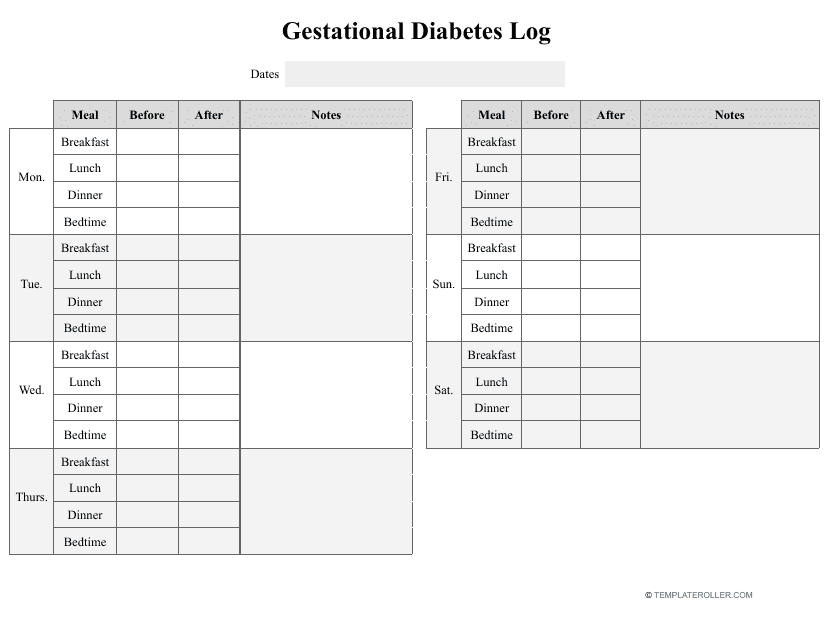Free Medical Chart Templates
What Is a Medical Chart?
A Medical Chart is a detailed instrument - in most cases, a visual diagram - that contains information about the development of a disease, lists normal vital sign ranges for adults and children, or depicts the anatomy of a human being for examination.
Alternate Name:
- Patient Chart.
Whether you want to convey information to your patients in simpler terms, you are dealing with an illness and your goal is to ensure it does not progress further, or you are adopting healthy habits, Medical Charts are indispensable for recording and analyzing data as well as taking control of various health conditions.
Check out our library below to see a full list of Medical Chart templates.
Medical Chart Types
- Blood Chart. Find out what blood type a patient has in case there is an emergency and they or another individual requires an immediate blood transfusion;
- A Body Chart can depict the entire human body, a single body part, or internal organs of a human being - this information is essential to doctors that need to correctly diagnose patients;
- Bowel Movement Chart. Gain better control over your bowel movement - know when it is time to talk to a medical professional if your stool does not appear normal;
- Color Blind Chart. Optometrists often resort to this visual instrument when checking if there is a red-green color deficiency during physical examinations of their patients;
- Diabetes Chart. Diabetics must pay close attention to their blood sugar and check whether their readings fall within an expected range or their condition deteriorated;
- Drug Chart. This tool is helpful when a doctor is figuring out what medication is going to help the patient and what drug combinations must be avoided for the sick person's safety;
- Fever Temperature Chart. Learn what temperature is deemed normal and what readings mean you have to seek medical attention as soon as possible;
- A Growth Chart is useful to pediatricians and parents who want to see if the child is developing in accordance with average standards or there are any concerns to address;
- A Heart Rate Chart is going to be helpful for people that measure their blood pressure regularly - calculate heart beats per minute to see if they are within the recommended norm;
- Height and Weight Chart. Track the weight of your baby as they grow up or figure out a healthy height-to-weight ratio for yourself when you are trying to lose or gain weight;
- Metabolism Chart. Understand how your body converts food into energy using this instrument - improve your digestive system or become fitter;
- Mood Chart. Explore your emotional state by taking notes or picking an image that suits your mood - identify your thinking patterns and see if your mental health is improving;
- A Pain Chart is typically used by doctors to communicate with young patients that explain their symptoms by pointing at the illustration that relates to their painful sensations;
- Peak Flow Meter Chart. Whether you were diagnosed with asthma or you are prone to respiratory diseases, refer to this chart to assess how fast you can push air out of your lungs;
- Pregnancy Chart. See how your body is going to change during pregnancy - from the size of your belly to the weight gain, you will figure out whether everything is going well;
- Sleep Chart. Adults and children will benefit from a tool that recommends how long they must sleep at night - an improved quality of sleep will have a positive impact on health;
- A Tooth Chart is used by dentists to give advice to patients when preventing or treating a dental disease - identify the teeth and explain how to treat them;
- Urine Color Chart. See what the color of your urine means for your health - the diagram will tell you whether you are dehydrated or your body does not get enough vitamins.
How to Read a Medical Chart?
No matter what Medical Chart you plan to use, here are several tips that will help you grasp the information you are about to see:
- Only refer to the latest version of the instrument - and choose the diagram appropriate for your age group and level of fitness. For instance, professional athletes will have higher or lower readings in many areas of health which does not automatically mean they are ill.
- Make sure you pay attention to the notes below the chart - it is possible the creator of the diagram did not want to overload the main image and the instructions you must follow when a certain symptom manifests or exceptions from the rule were written in small letters.
- Do not treat the information on the Medical Chart as the ultimate truth - you cannot adjust your medication or go on a restrictive diet based on the specifics you have read on the diagram. Talk to your doctor once you believe something is wrong and tell them you have used a Patient Chart to figure that out.
Haven't found the template you're looking for? Take a look at the related templates and forms below:
Documents:
884
This document is a template for tracking and monitoring your monthly mood. It helps you keep a record of your emotional well-being and identify patterns and trends. You can use it to gain insights into your mental health and take necessary steps for improvement.
This Form is used for tracking and recording sleep patterns over a period of time. The sleep chart allows you to monitor your sleep duration and quality.
This document is used for tracking and monitoring sleep and wake patterns. It is designed to help individuals maintain a healthy sleep schedule.
This document provides a urine color chart which helps individuals assess their hydration levels and detect potential health issues based on the color of their urine.
This document is a template for tracking and monitoring your mood over time. It can be used to help identify patterns, triggers, and fluctuations in your emotional well-being.
This document is used for tracking and recording the frequency at which patients need to be turned in order to prevent complications associated with immobility.
This document is a template for tracking your weight loss progress over time. Use it to set goals and track your weight loss journey.
This document is a template used in dentistry for recording and documenting information about a patient's gums and teeth, including measurements and observations. It helps dentists track and monitor oral health conditions such as periodontal disease.
This document provides a template for tracking and monitoring moles on your skin. Use it to regularly examine your moles for changes that could indicate skin cancer.
This document is a template that helps to track and monitor bowel movements. It is used to record the frequency, consistency, and other details of bowel movements for medical purposes.
This form is used for physicians to provide certification or prescribe medication at Blue Ridge Pharmacy.
This document is used for keeping track of bladder and bowel functions. It helps to monitor and manage any related issues or concerns.
This document provides body fat ranges for standard adults, as well as information on Body Mass Index (BMI) and body fat ranges for children. It is a helpful resource for understanding and tracking body composition.
This document provides a template for a 52-week weight loss plan. It helps individuals create a detailed plan to achieve their weight loss goals over the course of a year.
This template is used for tracking weight loss progress for both women and men. It helps to keep a record of weight, measurements, and goals to stay motivated on a weight loss journey.
This document provides a growth chart for girls from birth to 36 months, specifically focusing on head circumference. The chart includes percentile ranges (3rd - 97th) to help track and monitor a child's head growth.
This document is a weight loss progress chart that helps you track your weight loss journey.
This document provides a growth chart for girls aged 2 to 20 years, showing body mass index (BMI) percentiles ranging from the 5th to 95th percentile. It is used to track a girl's growth and determine her BMI compared to other girls her age.
This chart provides a guide to understanding your horse's body language and determining its mood.
This document provides a schedule chart for girls to track their urination and bowel movement habits. It helps create a routine and keep track of regular daily activities.
This document is a weekly weight loss chart that is varicolored. It can help you track your weight loss progress over time.
This document provides a chart outlining the typical developmental milestones that babies achieve in different areas such as motor skills, communication, and social interactions. It serves as a helpful reference for parents and caregivers to track their baby's growth and development.
This document provides a chart outlining the different types of insulin available in Canada for managing diabetes. It gives information about the different types of insulin, including their onset and duration of action.
This document is a chart used to measure color blindness through the Ishihara Test. It is used to assess someone's ability to distinguish between different colors.
This document provides a chart that outlines common foodborne illnesses and ways to ensure food safety.
This type of document is a Cat Body Language Chart that helps you understand and interpret your cat's mood based on their body language cues.
This document is a template for keeping track of your mood on a weekly basis. Use it to record how you're feeling each day and monitor any patterns or changes in your mood.
This Log Book is a written tool designed to document how a pregnant woman is coping with a recently diagnosed disease - gestational diabetes.
This template is a visual instrument used in the field of dentistry to describe the structure of teeth and illustrate various dental issues.
This document provides a template for creating a skeleton chart or bone diagram. Use it to visually represent the structure of the human skeleton or any other skeletal system.
This document provides a template for creating a chart of the human skeletal system. It helps to visually organize and identify the different bones in the human body.
This document provides a template for an entire human skeleton chart. It can be used as a visual aid for studying and understanding the skeletal system.
This template provides a visual representation of the human skeleton in both the anterior and posterior views. It can be used for studying and identifying the major bones in the body.
This template is a detailed list of body dimensions created to document potential changes in the shape of a person.
This document is a template for recording daily activities and important information related to diabetes management. It helps individuals track their blood sugar levels, meals, medications, and physical activity to better understand and manage their diabetes.
This template helps make recordings about blood sugar readings for females that are not diabetic, but have developed gestational diabetes during pregnancy.




